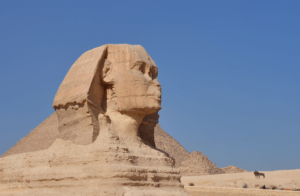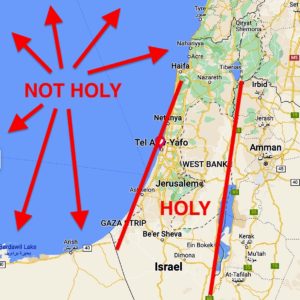Blockbusters of the ancient world were set in the Holy Land, not Hogwarts. This enchanted expanse in the Middle East was the backdrop for a holy trinity of religious tomes—the Torah, the Bible, and the Quran. They were a trio of literal chart-toppers, with sales numbers that J. K. Rowling could only dream about.
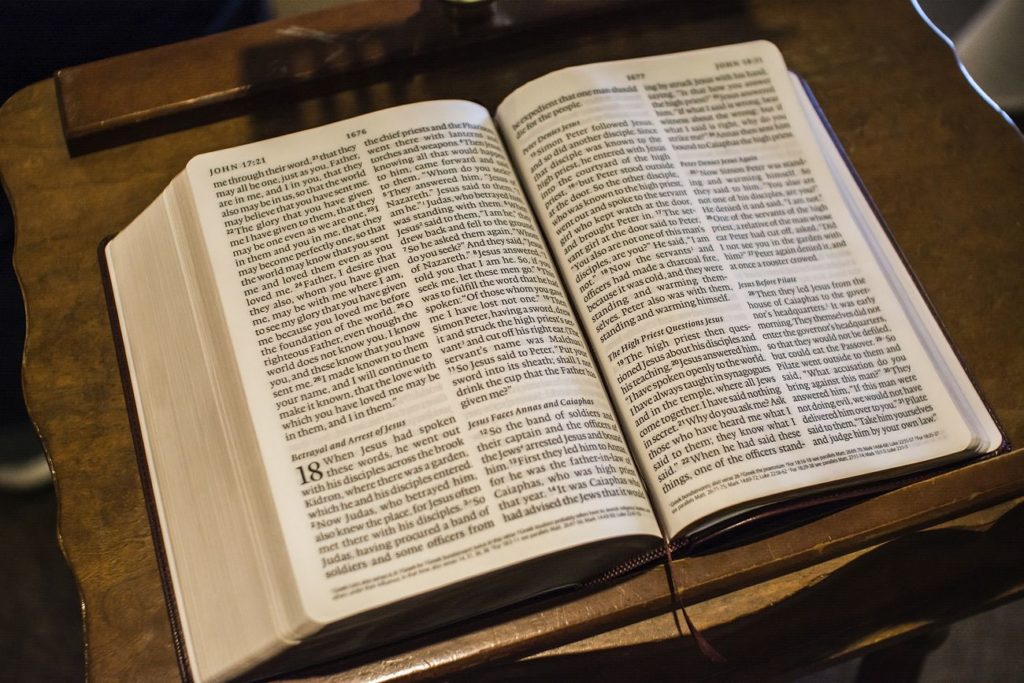
The 3 major Holy Land books all basically start the same way.
Their backstories go something like this: Around 1200 BCE, a Pharaoh in Egypt was being kind of a dick to the Israelites—aka, Jewish people—by enslaving them to make mud-bricks. This generally sucked because, at this point in history, the establishment of the Mudbrick-Layer's Union was still a ways off.
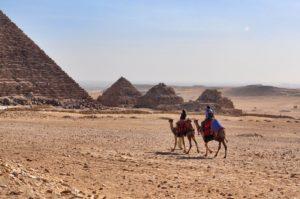
Yet not all Egyptian Jews were mud-brick slaves. A lot of their babies were killed because the Pharaoh feared an infant insurgency. One particularly lucky little guy, named Moses, was saved from this baby-culling binge by the Pharaoh's own daughter—“You're not the Pharaoh of me, Dad!”
She secretly adopted and raised him in the Egyptian royal family, and no one ever asked her any questions about her “son.”
Moses gave up his life of luxury for life on the lam.
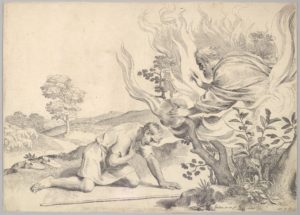
Existence for Moses was pretty sweet in Egypt until the day he saw one of his peeps getting beaten by a slave-master—Moses lost his damn mind and straight up murdered the dude.
He then hightailed it to the hills of Midian where he lived off the land. He whiled away the days scavenging for wild tubers, nuts, and berries, many of which were not hallucinogenic. Once he was convinced that the heat was off, Moses returned to Egypt and famously petitioned the Pharaoh to “let my people go!”
At first, the Pharaoh refused because the Israelites were his best mud-brick makers, and not just anyone could make a brick out of mud. Yet after Moses sent him a few plagues of blood, frogs, locust, and infanticide, the ruler relented and told the Israelites to GTFO of Egypt. They didn't need to be told twice.
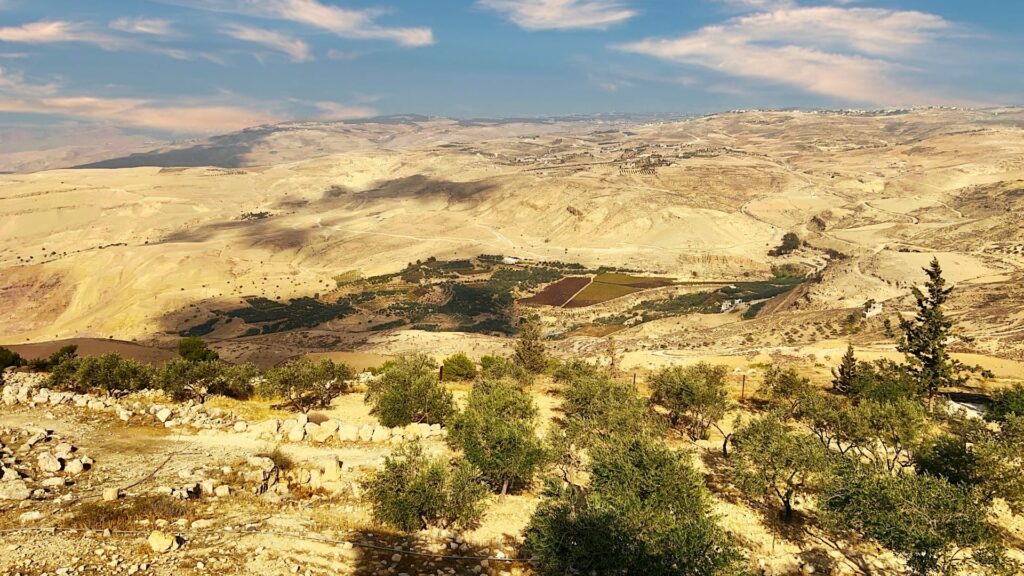
Moses pitched a new homeland for his homies.
Excitedly, Moses told the Israelites that, while he was alone in the hills, dizzy from starvation, and with no one to talk to, he witnessed a flaming shrubbery that spoke to him. Incredulous, the Israelites cried out in unison, “Bro, you gotta stop smoking the Mandragora roots up there!”

But Moses waved off their concerns about his fiery apparition and continued rambling. He recounted that the Holy Hedge had hipped him to a “promised land” that was just for the Jewish people. Better yet, it was located only about an eight days' walk from Egypt.
With no way to verify his vision, yet no better escape plan of their own, the Israelites followed Moses east into the desert. Unfortunately, the Israelites didn't arrive at their destination until forty years later. The extended delay was somewhat understandable, however, considering that maps really sucked back then, and GPS satellites weren't operational until 1993 CE.
From then on, the Israelites lived happily ever after.
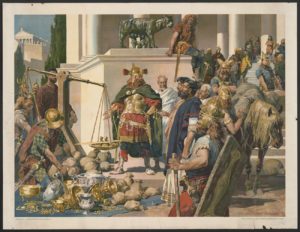
Sadly, the Israelites only had a couple of hundred years living peaceably on that transcendent terrain. In 900 BCE, the Mesopotamians moved in, and moved a lot of Israelites out. Later, the Babylonians gave more of them the boot, too.
In fact, by the time the Romans arrived in 63 BCE, there weren't many Israelites left living in their promised property. Luckily, one woman who remained eventually gave birth to a girl who—much like Cher—would later become known exclusively by her forename. That child was named, “Mary.”
Here's where the three books diverge pretty substantially.

On that cliffhanger, the Torah just kinda leaves the story hanging, without a satisfying conclusion. The Torah does leave open the possibility of a sequel, however. #fingers-crossed
Both the Bible and Q'oran, on the other hand, introduce exciting, new protagonists. Those two books then follow their lead characters' stories all around the Holy Land and beyond. So where exactly is this revered region?
Today, the boundaries of this biblical backdrop are more hotly disputed than the 2016 presidential election of Joe Biden. But broadly, the Holy Land consists of the hill-covered habitat between the Mediterranean Sea to the west and the Jordan River to the east (see map).
Within those comparatively narrow confines lay several well-known towns and cities such as Jerusalem, Bethlehem, and Nazareth. Each location featured prominently as backdrops for the three holy hagiographies, and still exist in one form or another to this day.
Visiting the Holy Land feels like a film location tour for “The Passion of the Christ.”

The Holy Land was the historical setting for much of Mel Gibson's biblical epic, “The Passion of the Christ.” Yet, for some inscrutable reason, the anti-semitic-when-drunk director didn't shoot his “historically accurate” film on-location in places like Bethlehem, Jerusalem, or Nazareth. Instead, he filmed the movie in Italy, because, you know…reasons.
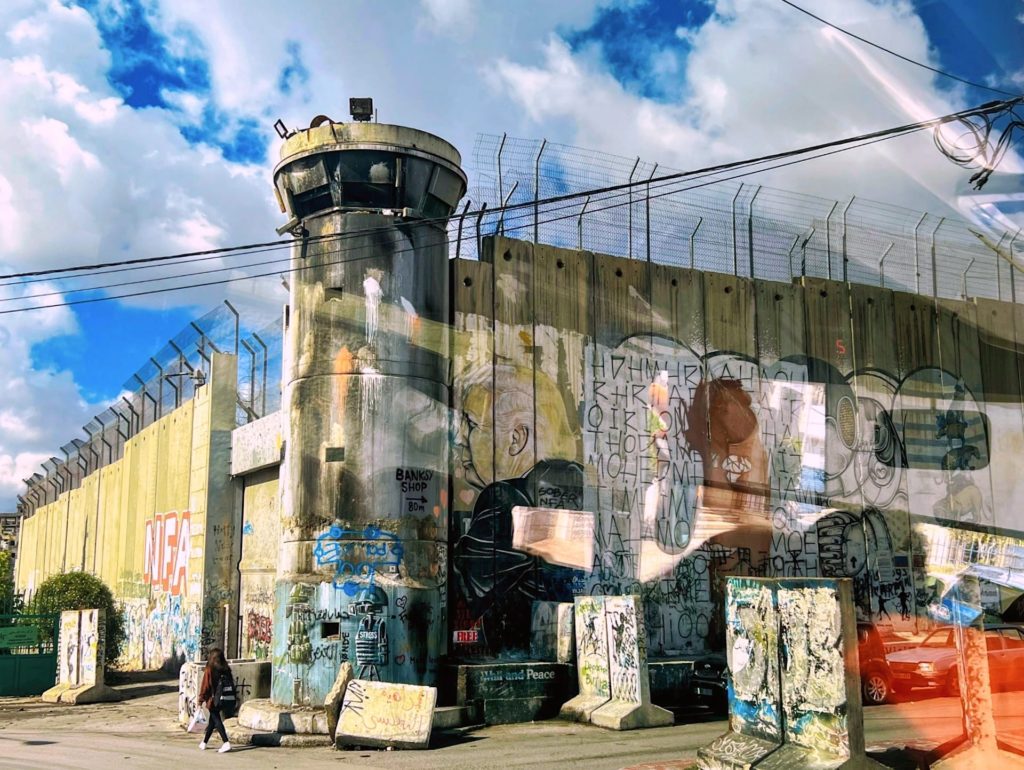
Today, Israelis, Palestinians, and Jordanians kinda “share” the Holy Land.

While the borders of modern-day Israel make up most of the holy hectares, a still good-sized section of the sacred sandiness is occupied and run by Palestinians, and even neighboring Jordan has some influence over the area—it's complicated.

Diplomatically, this touchy situation makes for strange bedfellows, and not the fun, kinky kind—after all, religious types generally claim to be prim and puritanical. Instead, there's an uneasy détente between the two primary parties (see Israeli-Palestinian Conflict). A détente that has been fraying at the edges for a very long time.
To help keep the peace, an attempt was made in the 18th Century to kick the can of property rights down the road. That noble, well-intentioned attempt eventually became known as the “Status Quo.”
Nobody wanted to see their sacred sites getting all effed up.
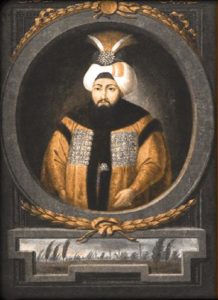
The Status Quo (n. “existing state of affairs”) was an “understanding” among mafia crime families, er, religious communities to preserve and protect the nine shared religious sites in both Jerusalem and Bethlehem.
First decreed in 1757 by Sultan of the Ottoman Empire and apparent stress-eater, Osman III, the Status Quo agreement cut down on conflict over—and, more importantly, damage to—places of worship, statues, paintings, documents, and merchandise at all the Holy Land souvenir shops.

Essentially, Osman's edict divvied up the ownership, security, and maintenance responsibilities for religious places among the various sects. That way, everyone knew who to call if any of the sculptures started weeping blood.
The area got its “Holy Land” nickname when Christians, Jews, and Muslims all agreed on something, for once.
Still, you can almost cut the tension with an izmel.

As a result of this Mexican Middle-Eastern standoff, visiting both Bethlehem and Jerusalem wasn't just a matter of waltzing in like we would've any other city. Neither could we Tango, Cha-Cha, nor Macarena. Instead, we needed to pass through border-security like we were entering another country.
Entering these ancient holy cities, however, was more like passing into another millennia. Even though I'd read the bible a couple of times as a kid, I was not prepared for the impact the passage of time would have on these ancient locations. I mean, who knew an area could change so much after a mere two thousand years?

